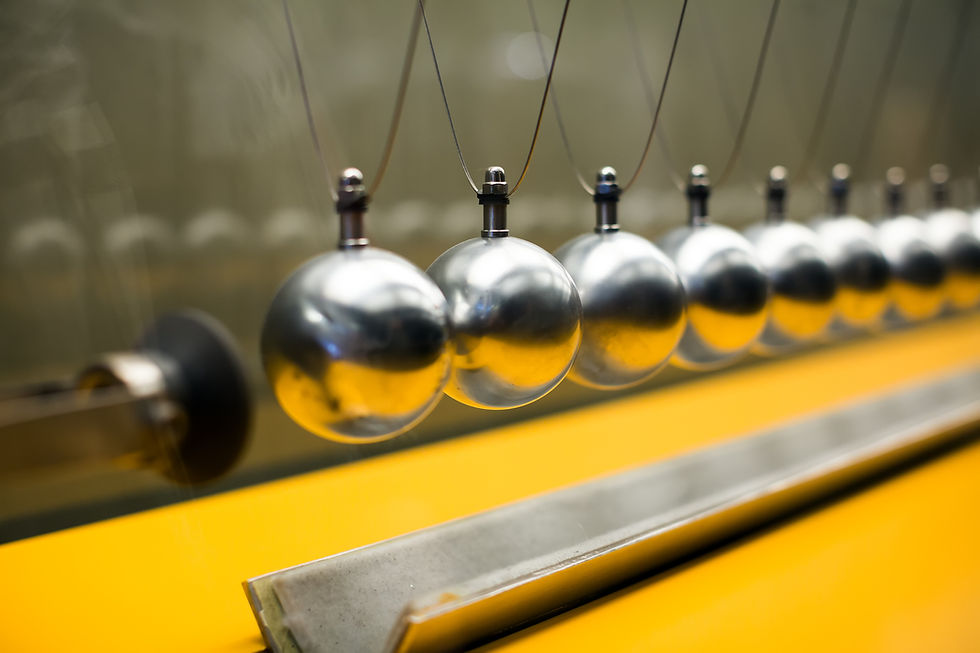The Causes and Negative Effects of Light Pollution
- Dylan Shukla
- Apr 4, 2021
- 3 min read

Throughout the night sky, stars litter the otherwise empty voids of darkness that is the solar system. Humans marvel at the spectacular sights of stars, seeming like tiny dots from the point of view of humans, but in reality, are gigantic orbs of hydrogen around the size of the Sun or even larger. However, the evanescence of stargazing is becoming greater as light pollution makes it harder to see stars.
What Are the Causes of Light Pollution?
Light pollution is the existence of anthropogenic light in an outdoor environment. It is caused by incorrect and excessive use of lighting in outdoor areas. In greatly lighted areas such as cities, light pollution is the highest, as buildings and roads are constructed with many lights. This disrupts natural lighting, and cities never have any real darkness.
What Are The Negative Effects of Light Pollution?
Humans
Highly lighted areas, or areas with lighting that negatively impact health, can have detrimental impacts on a person. Humans have a circadian rhythm, which is the body’s natural resting pattern. Highly lighted areas can make it harder for people to sleep. When this rhythm gets disrupted, health effects such as insomnia and depression can occur.
Animals
Animals are affected in similar ways to humans. They are accustomed to areas of darkness during the night, and when this darkness becomes disrupted with abnormal amounts of life, it can place an animal’s diurnal or nocturnal system off course. Due to the abnormal lighting, animals may move out of the area, or end up being introduced to species that may be attracted to light or humans.
Environment
The earth functions off of the natural cycles of light and dark. With light pollution comes skyglow, caused by the abnormal lighting of areas. Skyglow can prevent UV rays from reaching the earth, which can disrupt the complex cycles of everyday functions all organisms are dependent on. Along with skyglow, abnormal amounts of anthropogenic lighting can indirectly cause air pollution. As people use electricity, they contribute to the use of fossil fuels. Fossil fuels increase carbon dioxide (CO2), leading to greater greenhouse gases in the atmosphere, which accelerates global warming.
What Can Be Done to Decrease Light Pollution?
Although light pollution is already causing adverse effects on organisms and the environment, it is not too late to slow down and potentially reverse them. Learning more about efficient lighting and spacing can help.
Light shields are boundaries placed around a light in order to concentrate the expanding reach that light can provide. In doing this, the effect of skyglow is minimized along with the effect it has on organisms.
Another efficient method of lighting is the use of motion sensors. Motion sensors can be incorporated into lights, and when an individual is not nearby, the light can turn off automatically. This can conserve electricity, decreasing the drastic effects of light (and air) pollution.
A way in which an individual can immediately act upon their attempts to decrease light pollution is by turning off lights when they are not being used. Turning unused lights off during nighttime can greatly improve the quality of the air, as less electricity and light use suggests less pollution.
Light pollution has plagued developed and developing countries since the start of the Industrial Revolution. The increase in inventions and light use led to the creation of cities, where the light was packed in tight spaces, decreasing the quality of the air along with the life around it. As more is being understood about the effects of lighting on the environment, humans can innovate and improve the current conditions in which we live, leaving hope for the chance for everyone to admire the complexities of the solar system again.



Comments